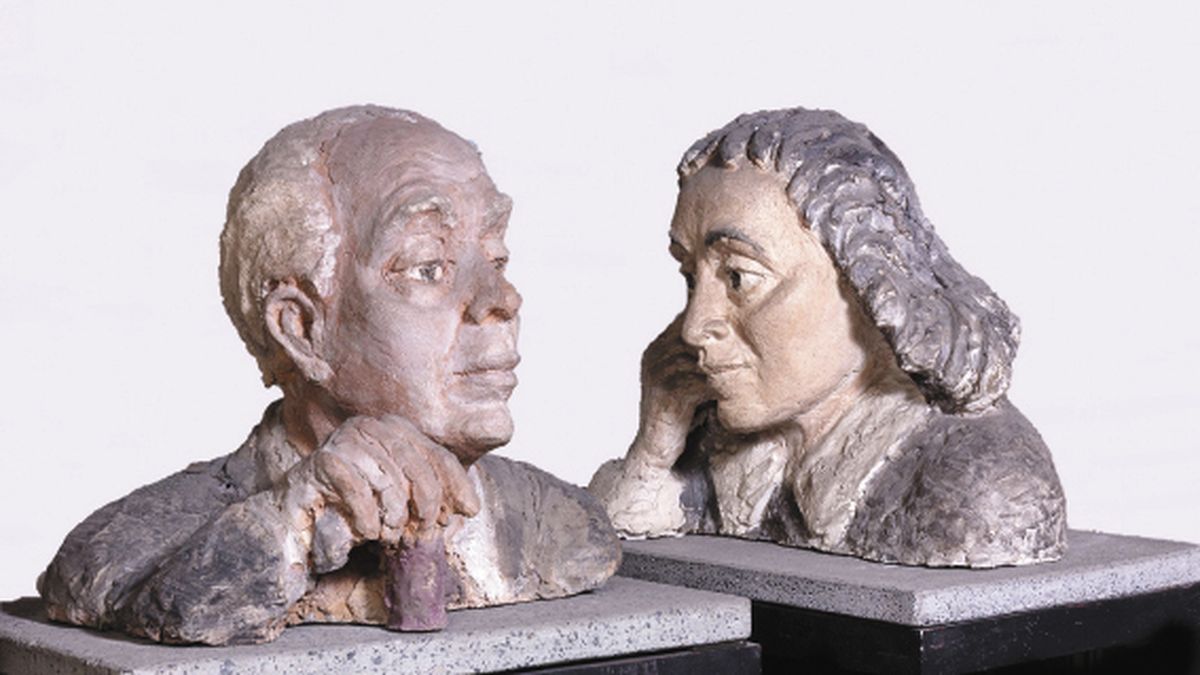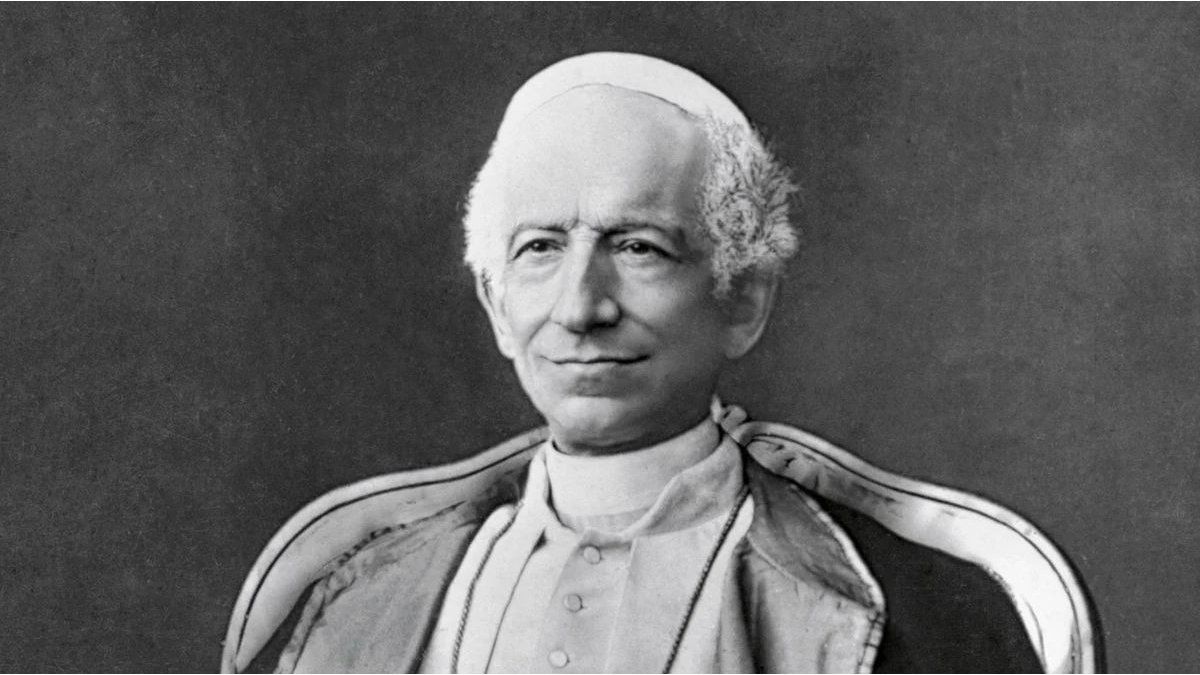“Infinite Matter” is exhibited at the Tigre Art Museum (MAT), where it is essential to arrive so as not to miss the exhibition tribute to Pablo Edelstein. Curated by Laura Casanovas and Gabriela Vicente Irrázabal, a selection has been organized divided into thematic nuclei and techniques in which the sculptor’s craft and his quality as a ceramist can be appreciated.
Graciela Arbolave, general and artistic director of the MAT, remembers in her introductory text the visits to her workshop led by her father, located in a mansion where the atelier of Emilio Pettoruti and Juana Heras Velasco were also located, where teachers also gathered. and students of the “Altamira” Free School of Plastic Arts. She also remembers the deep friendship between Edelstein and Lucio Fontana with whom she maintained an extensive correspondence throughout her life as well as with Santiago Cogorno. Four rooms are dedicated to this anthological exhibition that includes more than 70 works including sculptures, drawings, paintings in ink, pencil, pastel and watercolor.
Born in Switzerland in 1917 and died in Buenos Aires in 2010, Edelstein attended secondary school in Vienna and his mother took him to visit the main museums. He studied agronomy and, once established in Buenos Aires from 1944, he dedicated himself to agricultural tasks while continuing to study painting and drawing. His teachers were Jorge Larco, Raúl Soldi, Jorge Romero Brest, Laerte Baldini.
He was also a great athlete, reaching the summit at Fitz Roy, hence his knowledge of musculature when he modeled human figures in motion.
But not only the human figure but also bullfighting, among them, Gear Bull”, “Missionary Bull” with very varied, forceful resources, whether in reliefs, paintings, on badges, fragmented forms with all the emblematic force that has been attributed to it since which was considered a symbol of heaven and the father, flowers, landscapes, busts, daring and erotic nudes, heads, still lifes, geometry and abstraction since Edelstein encompassed all disciplines.
Reluctant to mega-exhibitions, one of the reasons for his love for ceramics was that “it has the modesty to move with simplicity, ceramics tell man the sacred, the everyday, the commercial. The amphorae not only transported oil and cereals, they told stories.”
He loved to model figures in ceramic, his favorite type was chamotte, calcined, crushed or mold clay. His heads or busts of his contemporaries, writers, sculptors, critics, painters, are notable, generally unglazed because he sought the tactile and visual quality of terracotta. In one of the rooms are the heads of Romero Brest, Luis Seoane; a work from 1987, Jorge Luis Borges in dialogue with Baruch de Spinoza, the famous Jewish philosopher born in Amsterdam in 1632 for whom Borges felt admiration, Berni, Líbero Badii with his classic beret.
There are testimonies such as that of Lydia Zubizarreta who was his student for more than 10 years, “I learned the meaning of art with him”, his enthusiasm was contagious and she remembers that he used to say “that the moment of enjoyment was doing”, as well as explaining movements such as Dada, Pop because “rules are meant to be broken.”
We remember him for his clear look, his culture, his great sensitivity, his chivalry and his interest in the transcendent.
As a legacy, he did not seek personal success, fame, or awards despite having achieved many during his lifetime, including the Konex in 1992. He was one of the driving forces behind the ceramics discipline being incorporated in 1976 into the National Hall of Visual Arts.
We remember another facet of Pablo Edelstein on the occasion of an exhibition at the Recoleta Cultural Center in 2007, curated by Raúl Santana. Inspired by the Moebius strip, he made undulating, weightless shapes in sheet metal, bronze and stainless steel and among them, we highlight “The Flower of Friendship” and “Lucky Clovers”, the latter located on the esplanade that overlooks the river.
His works can be seen in the Fader Museum (Mendoza), in the courtyard of the Favaloro Foundation, there is a microceramic mural in the José Hernández y Arribeños building.
On the occasion of this exhibition, an excellent bilingual book has been published, Spanish-English, texts by María Paula Zacharias, Laura Casanovas and Gabriela Vicente Irrázabal, profusely illustrated with photographs by Alberto Natán, Jesús Giraud and Alexis Edelstein, 328 pages, India Ediciones.
(MAT. Paseo Victorica 972, Tigre. Wednesday to Friday from 1 to 6 p.m. Saturdays, Sundays and holidays from 12 to 6 p.m. Closing on March 17, 2024).
Source: Ambito
I am an author and journalist who has worked in the entertainment industry for over a decade. I currently work as a news editor at a major news website, and my focus is on covering the latest trends in entertainment. I also write occasional pieces for other outlets, and have authored two books about the entertainment industry.




